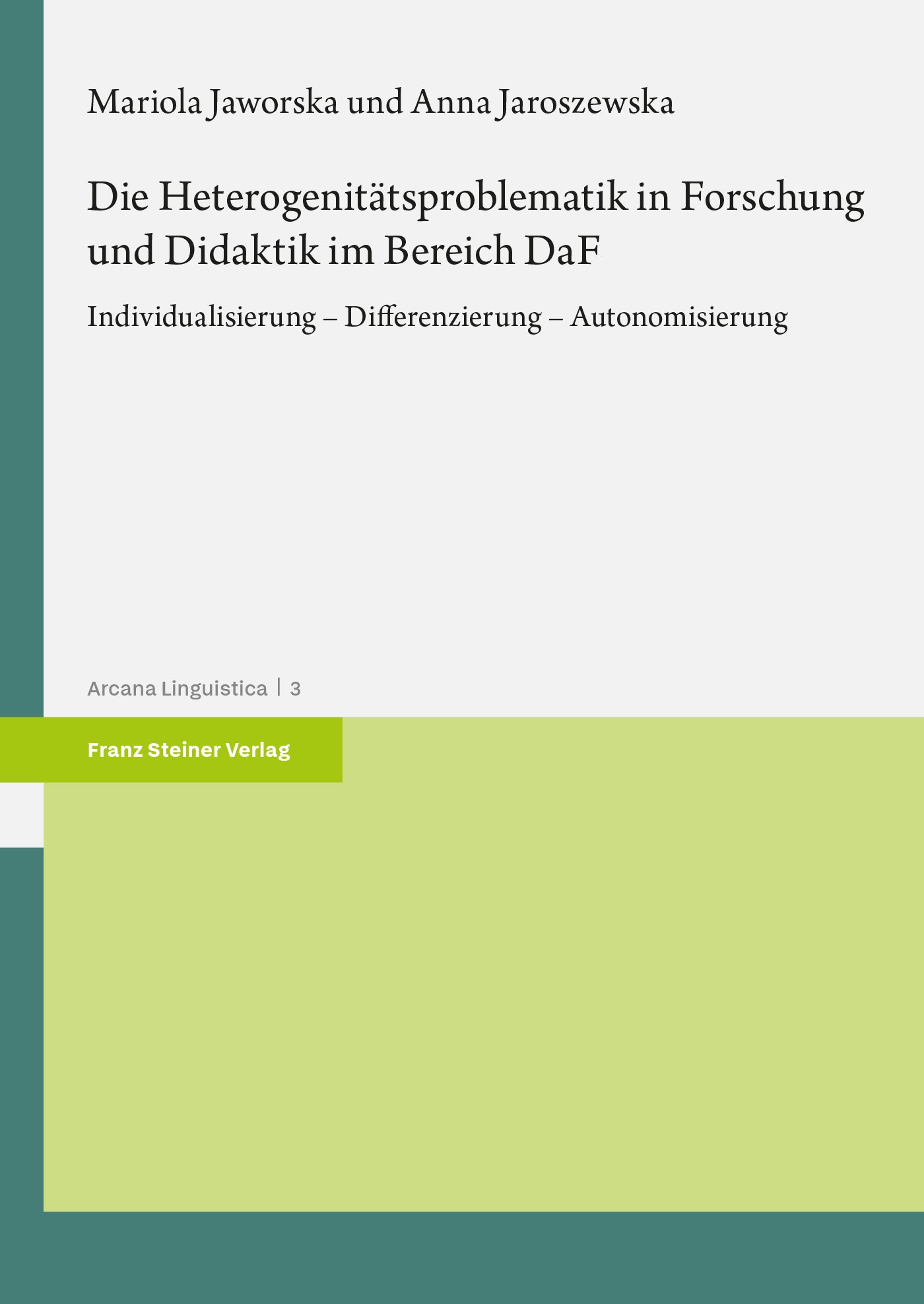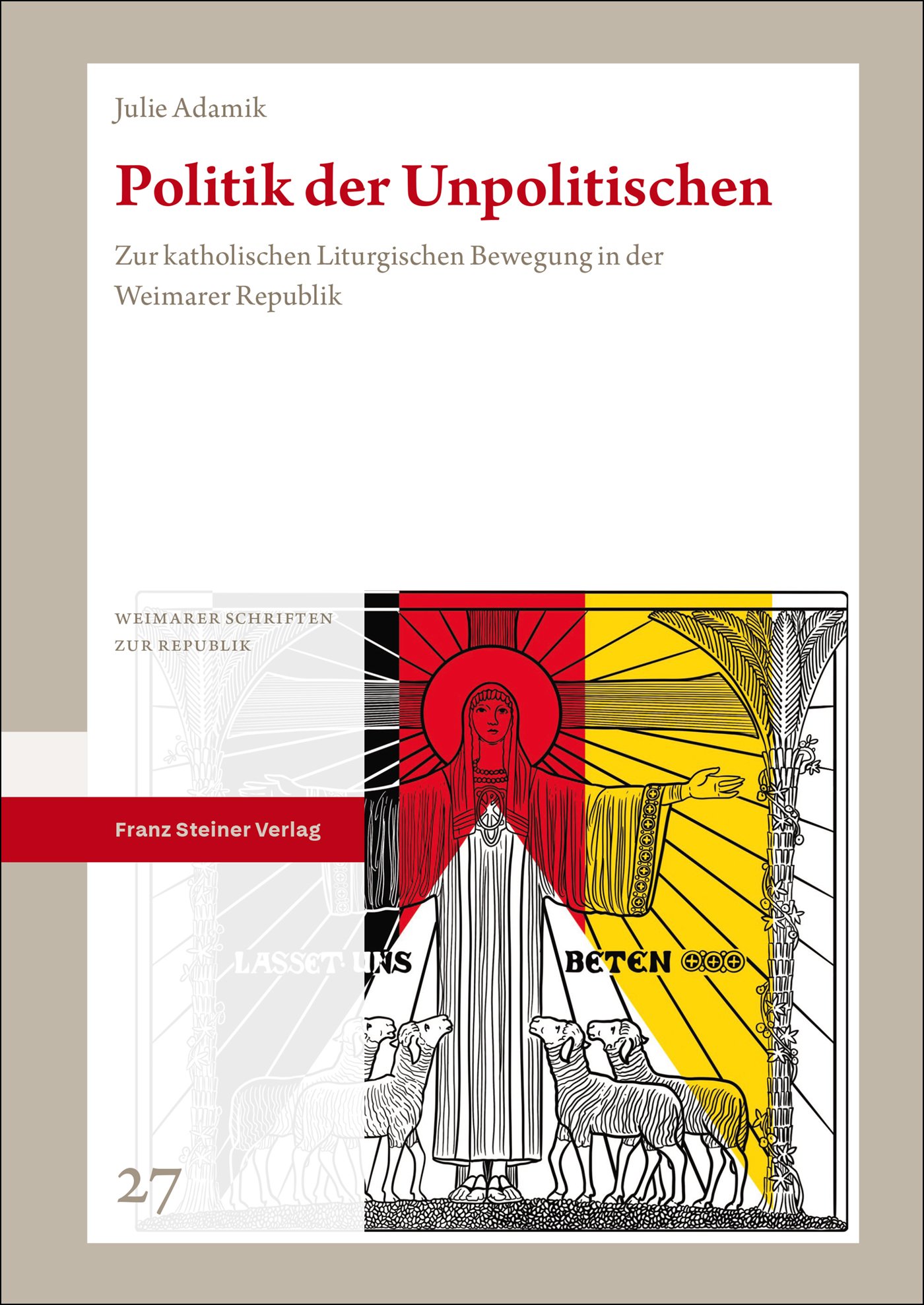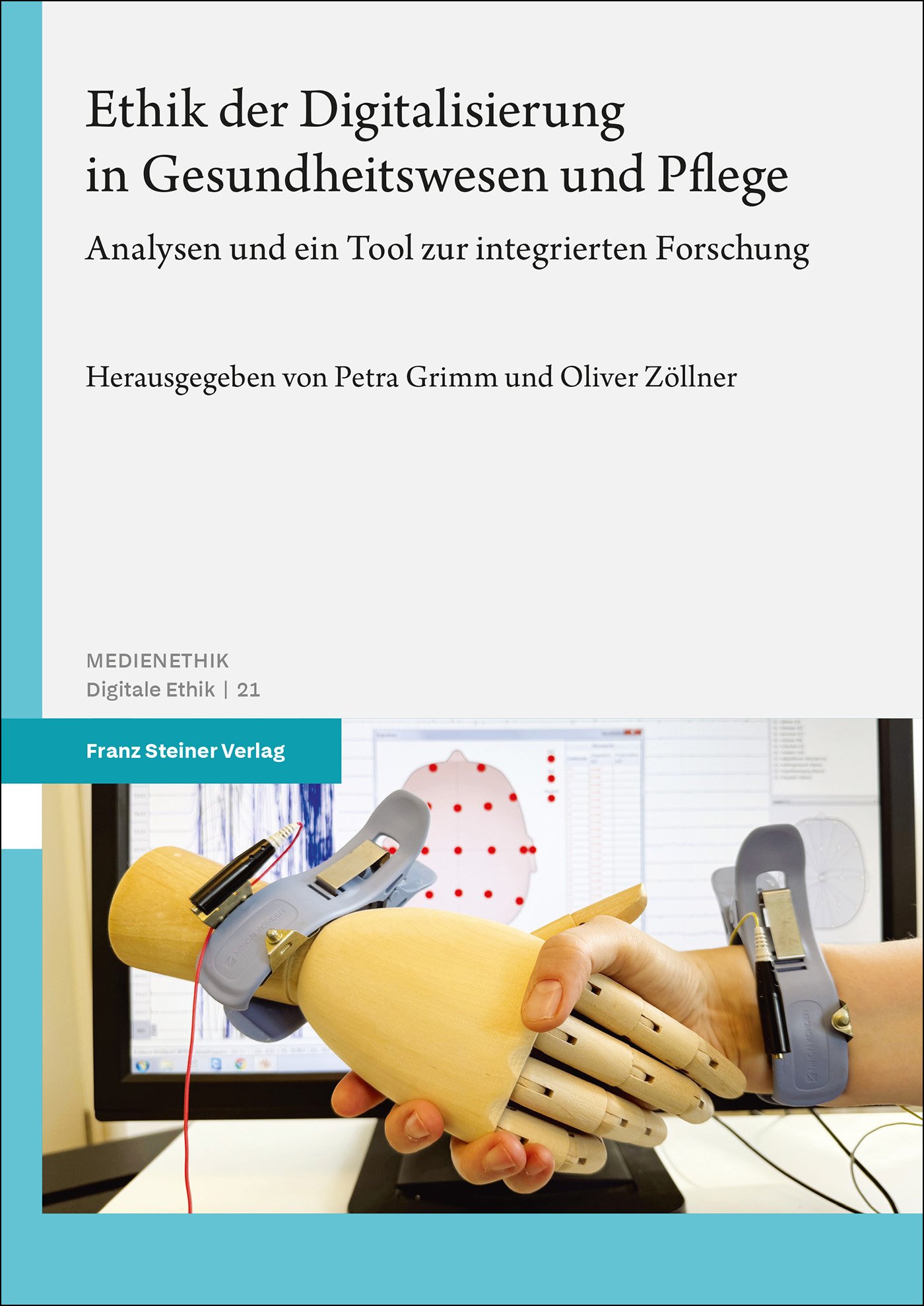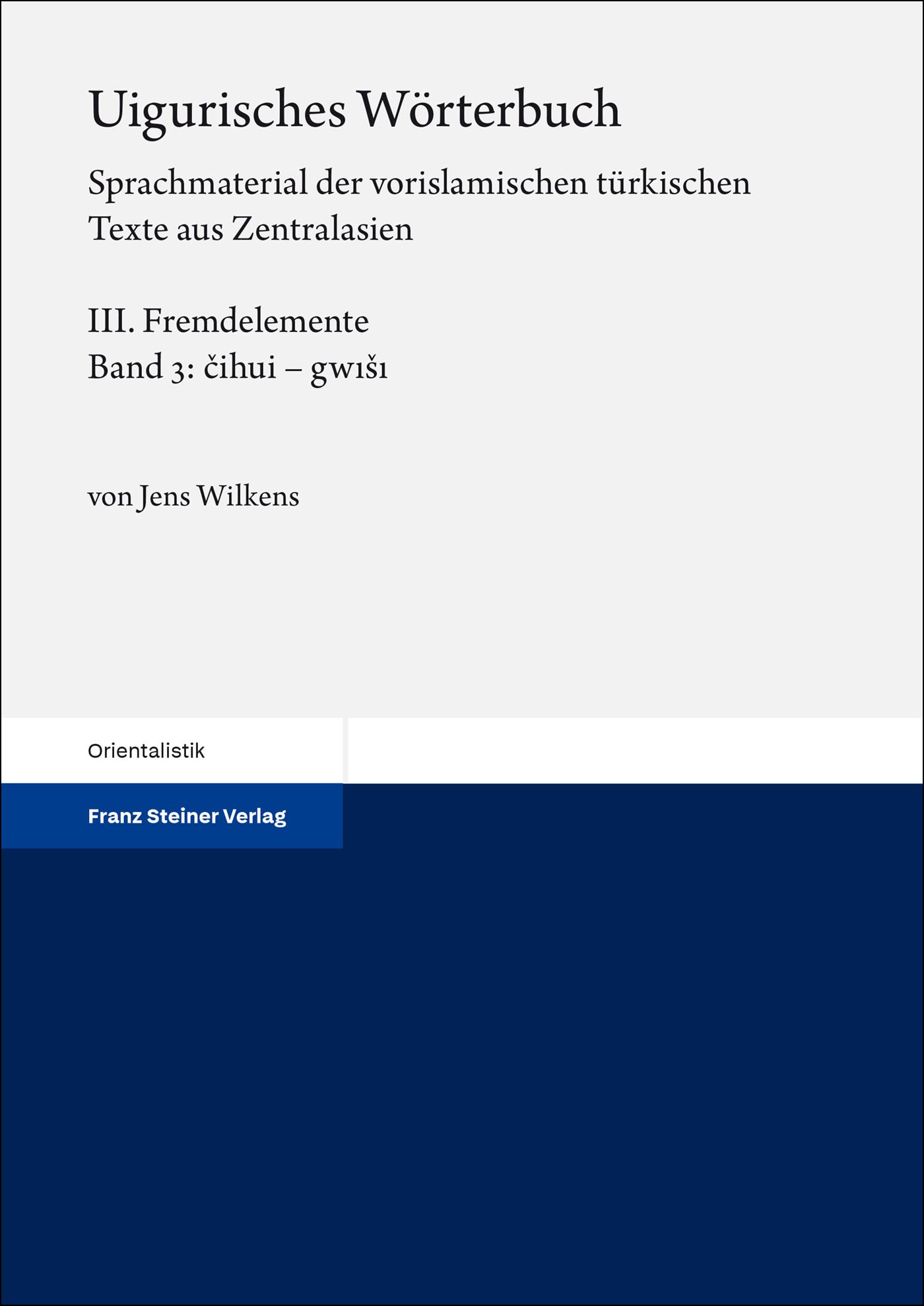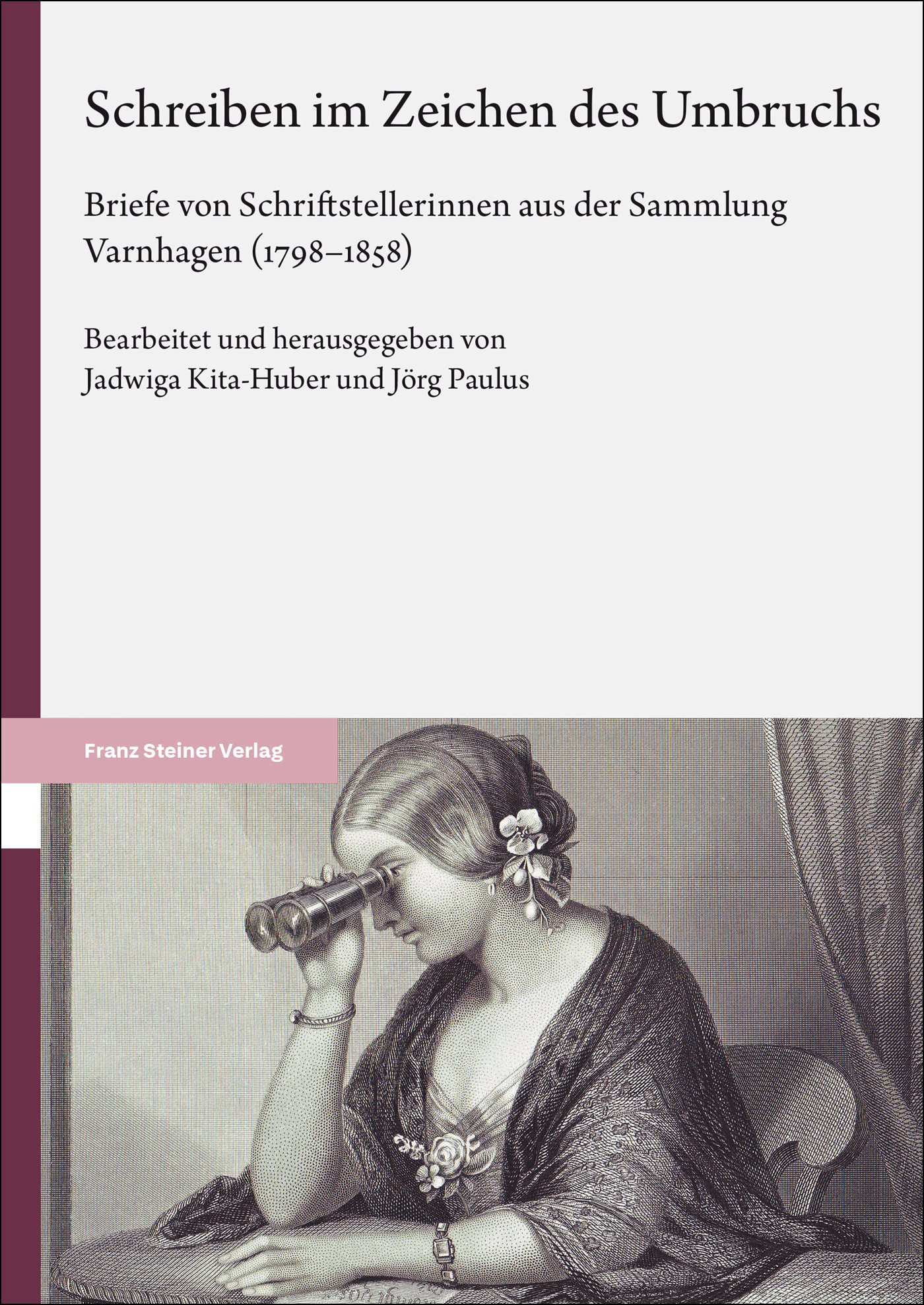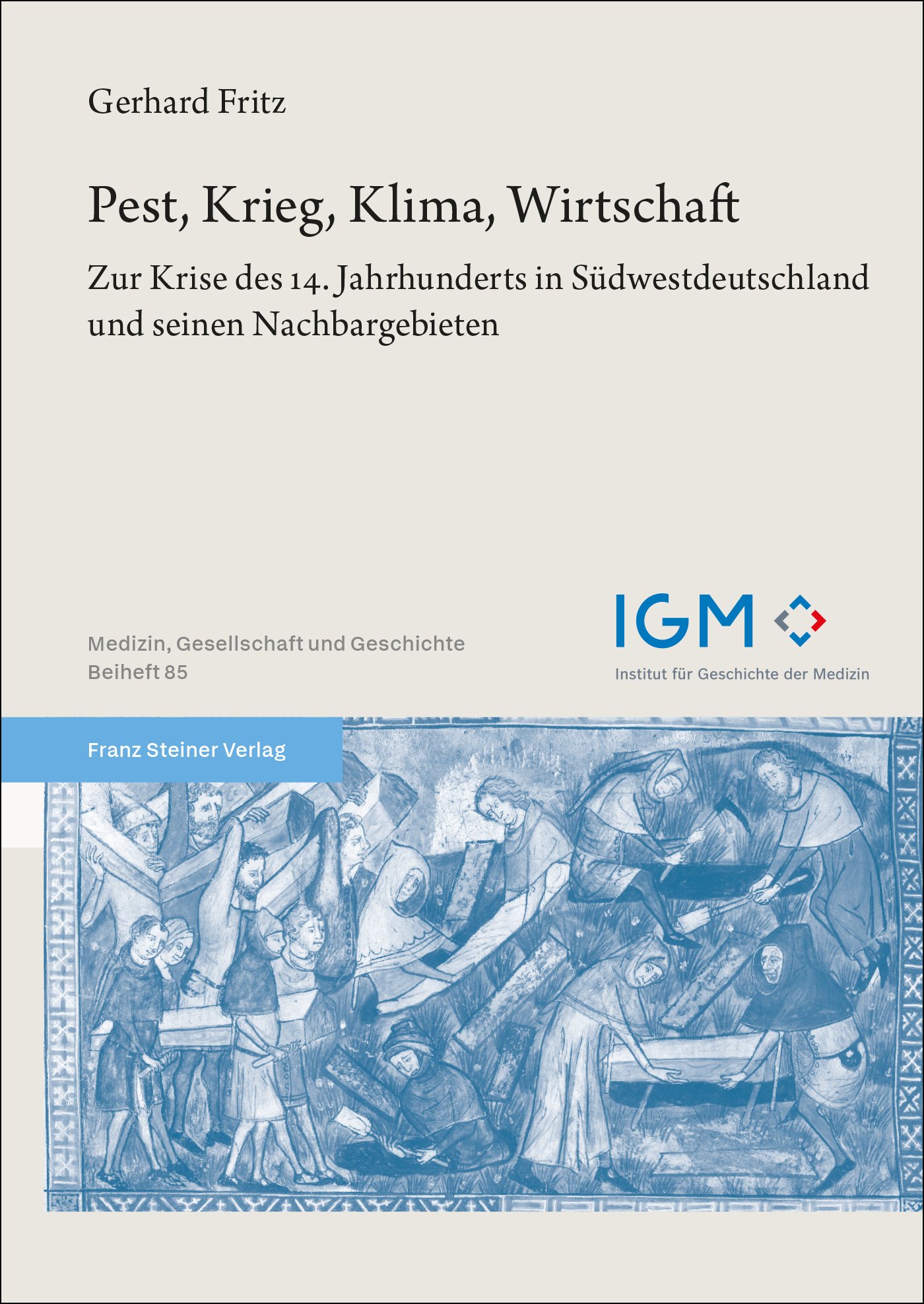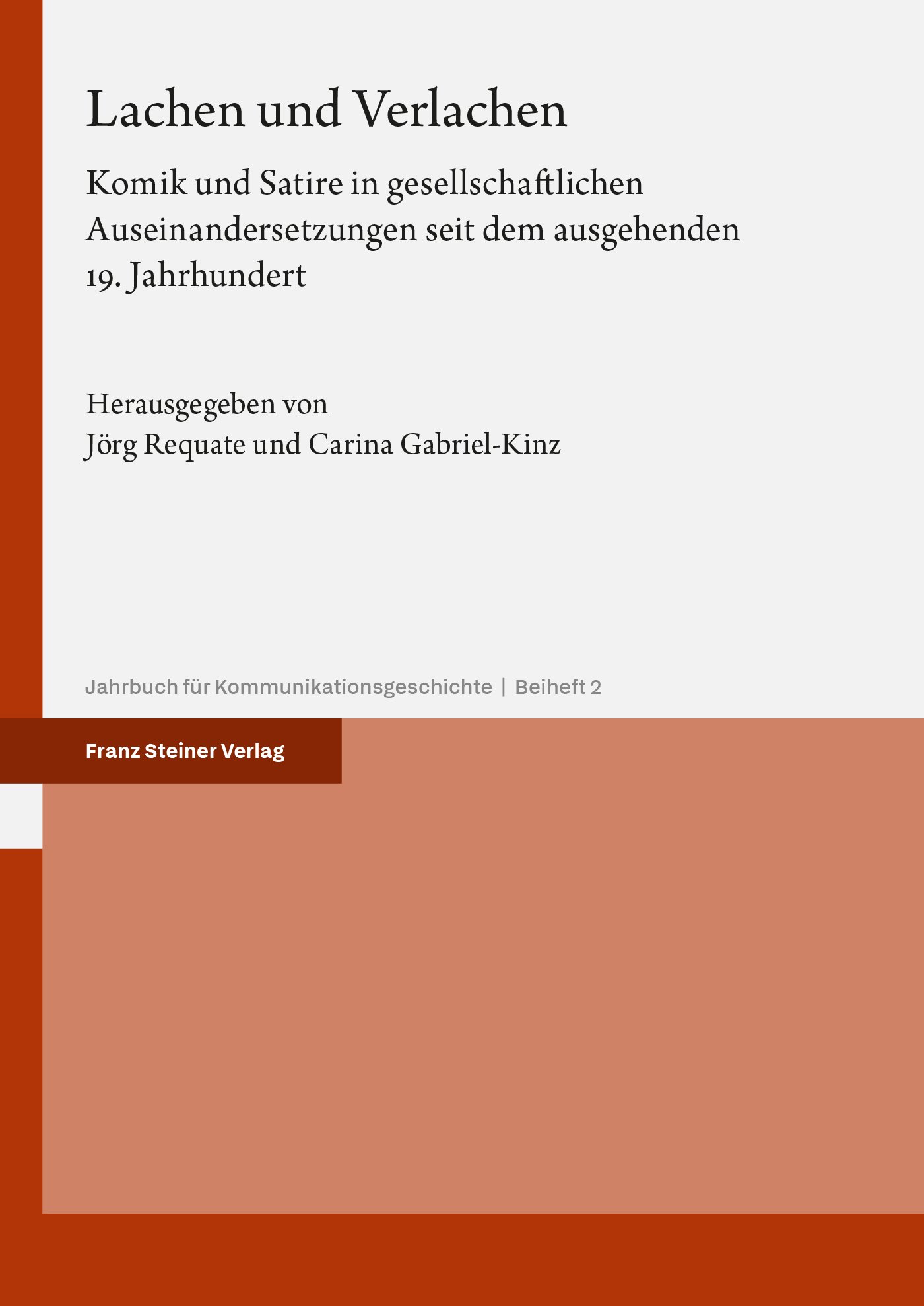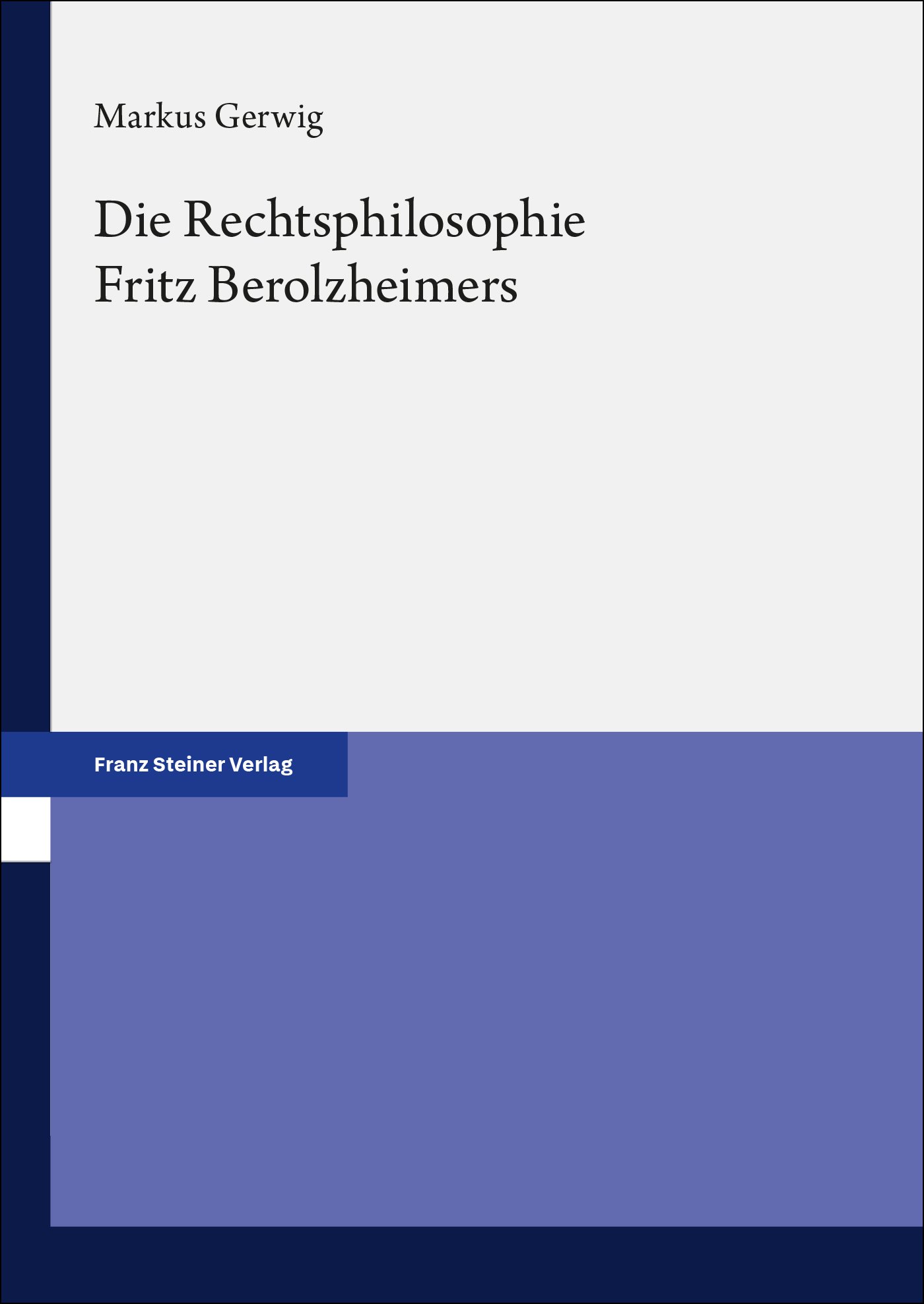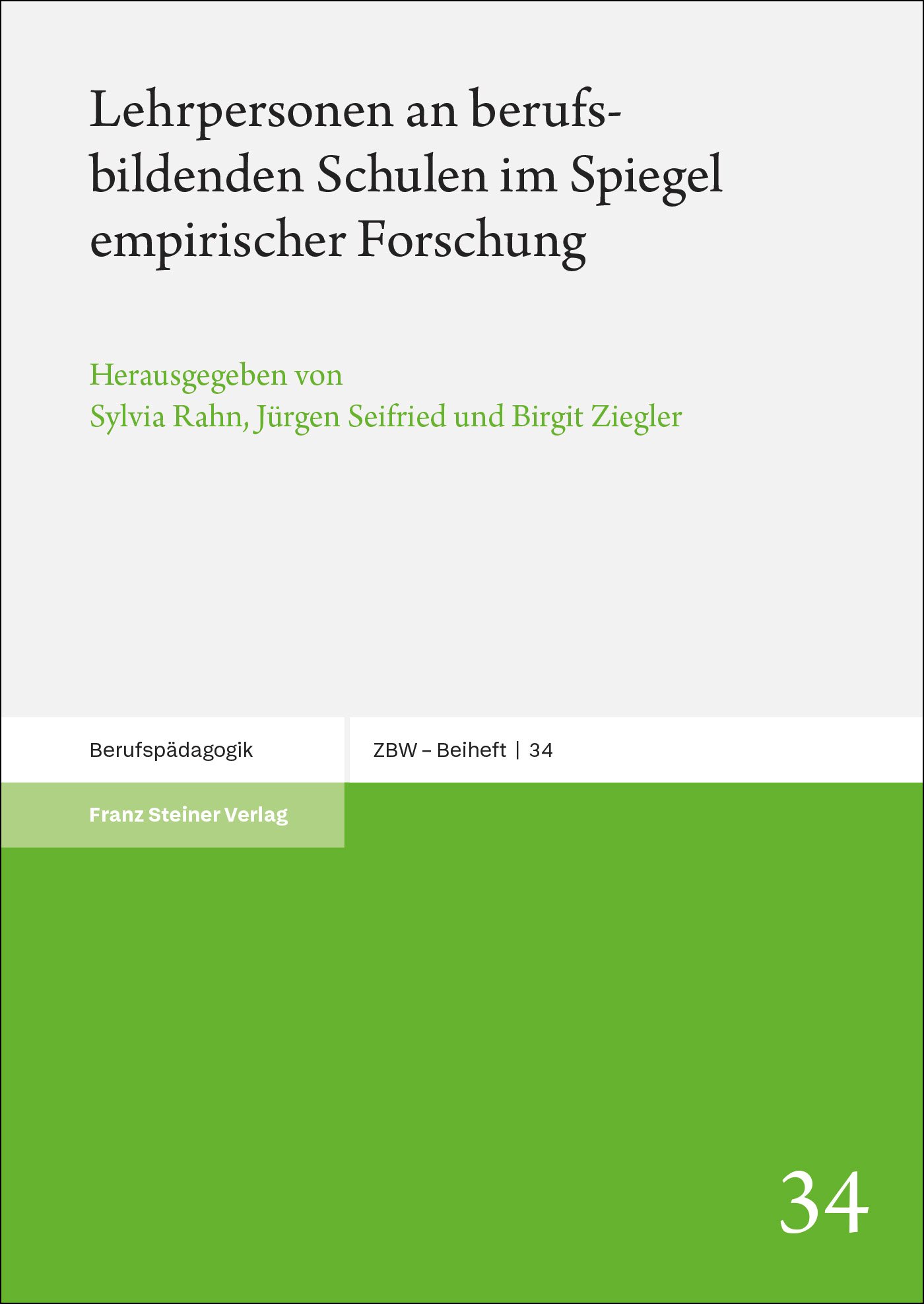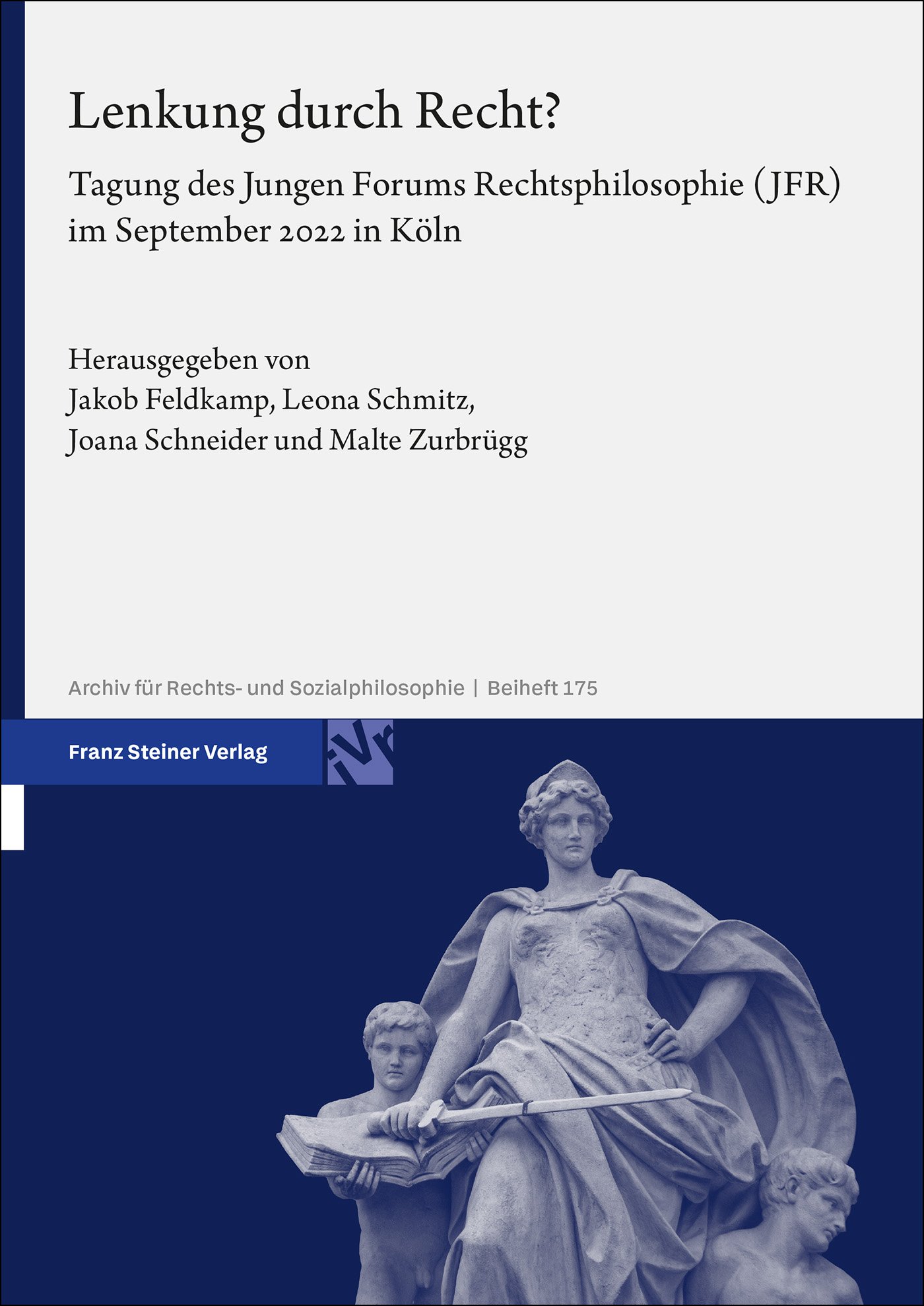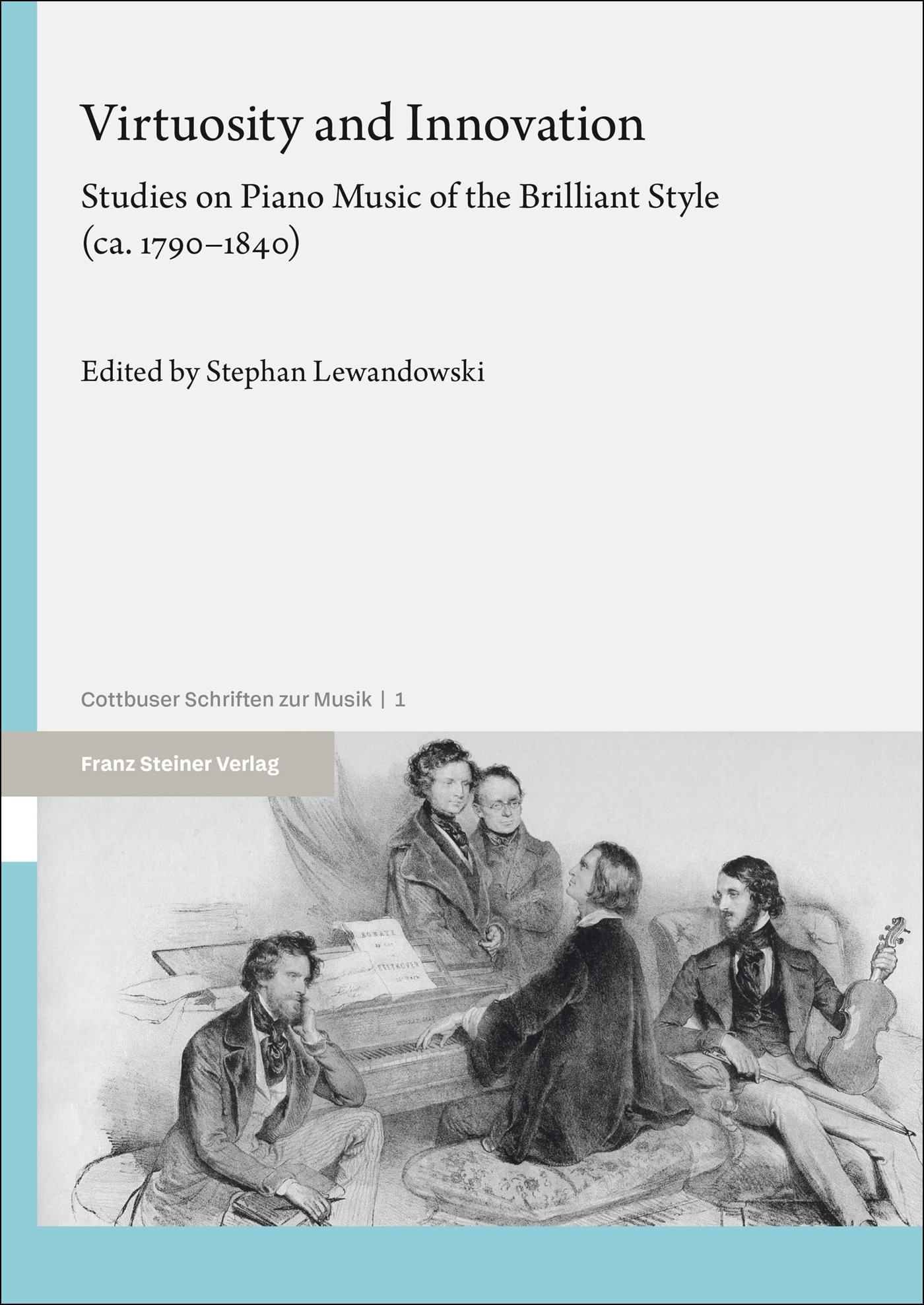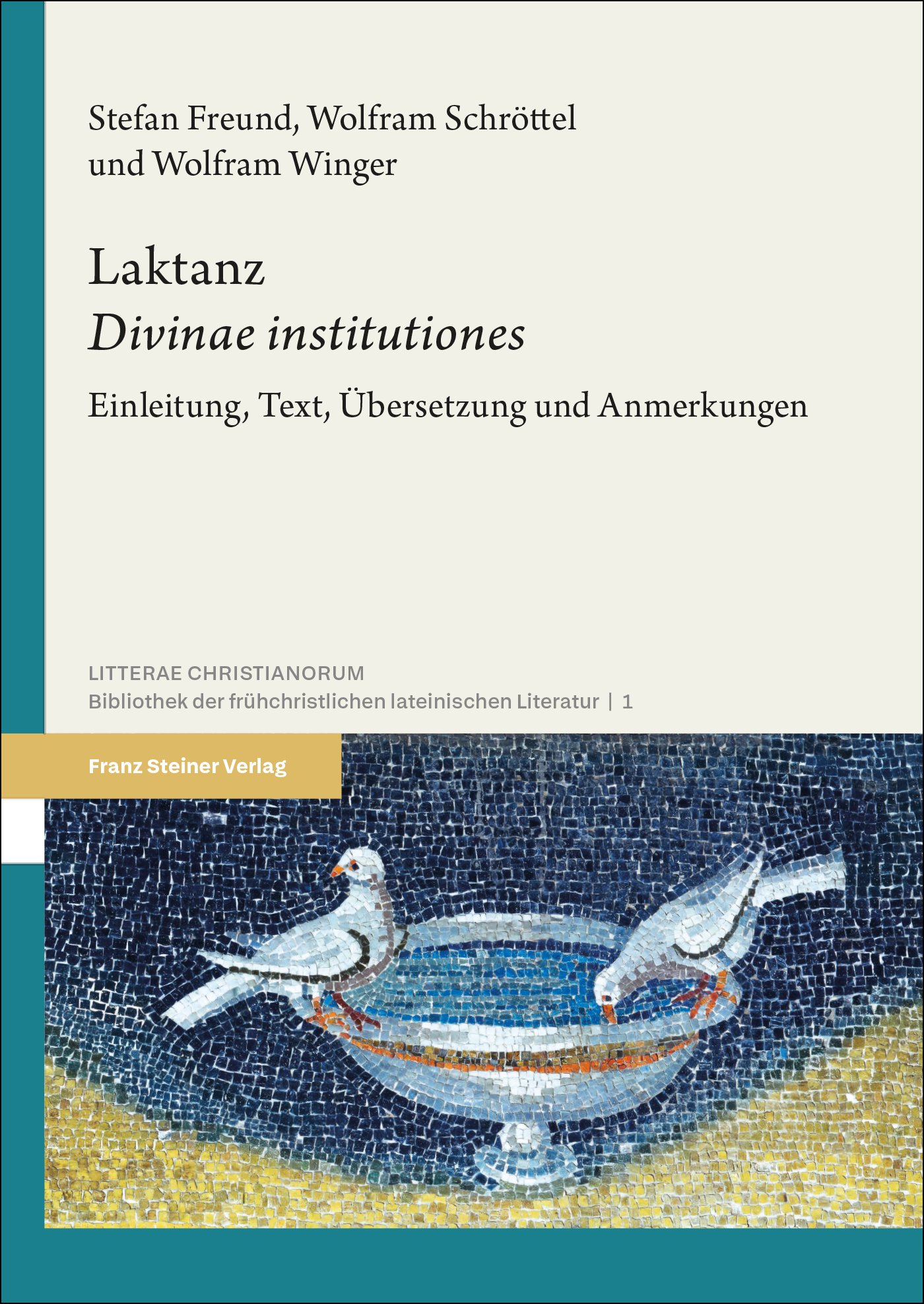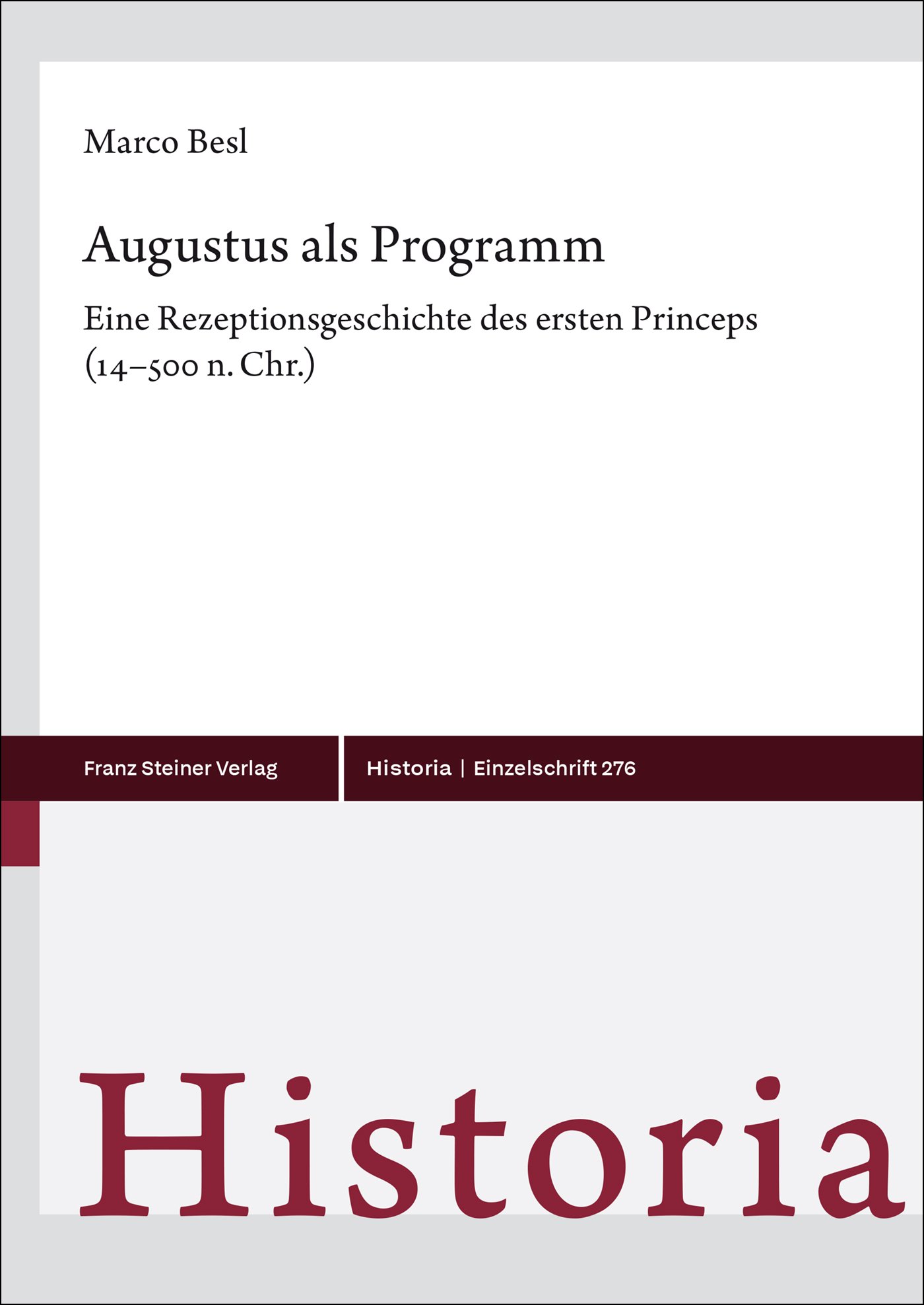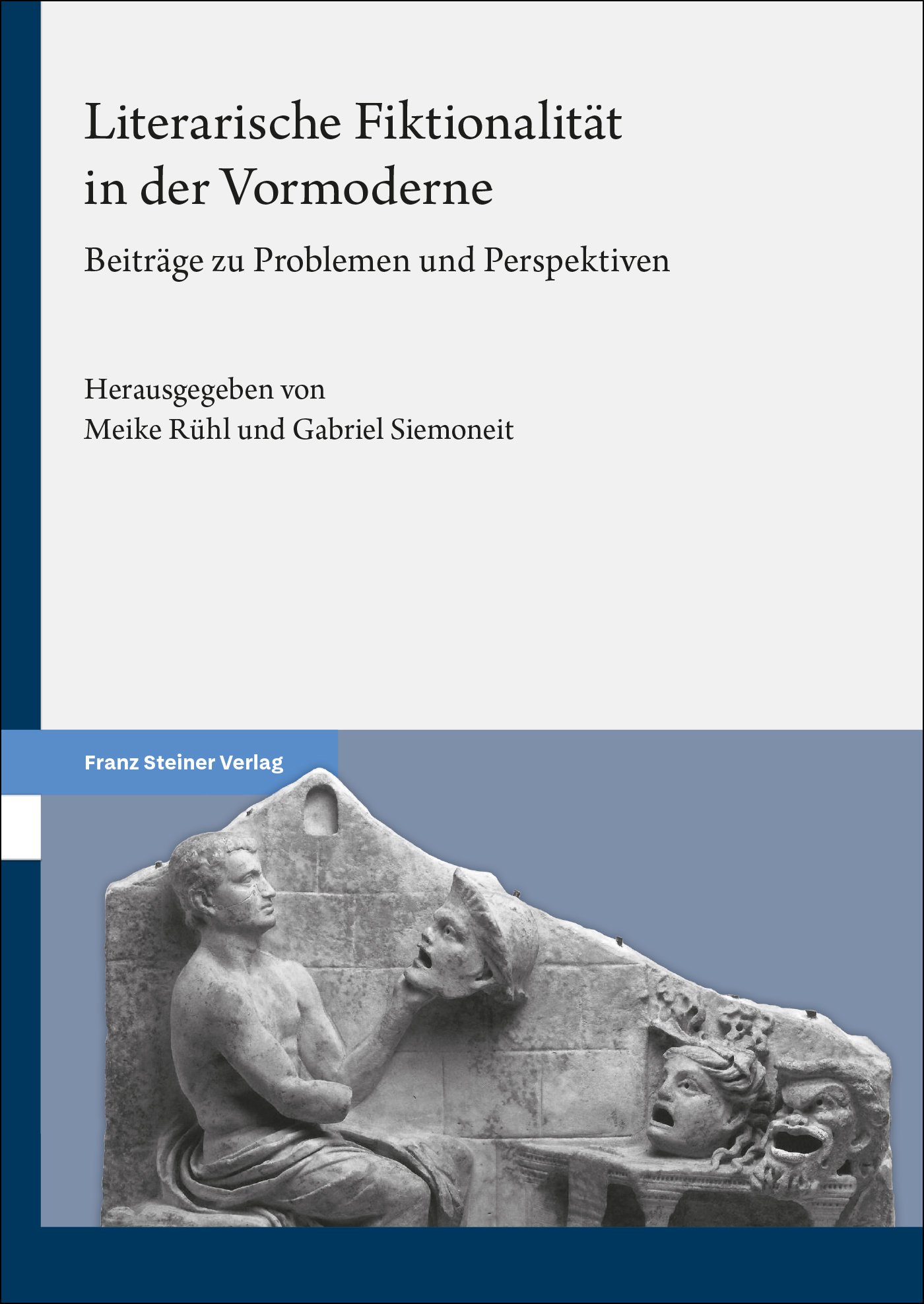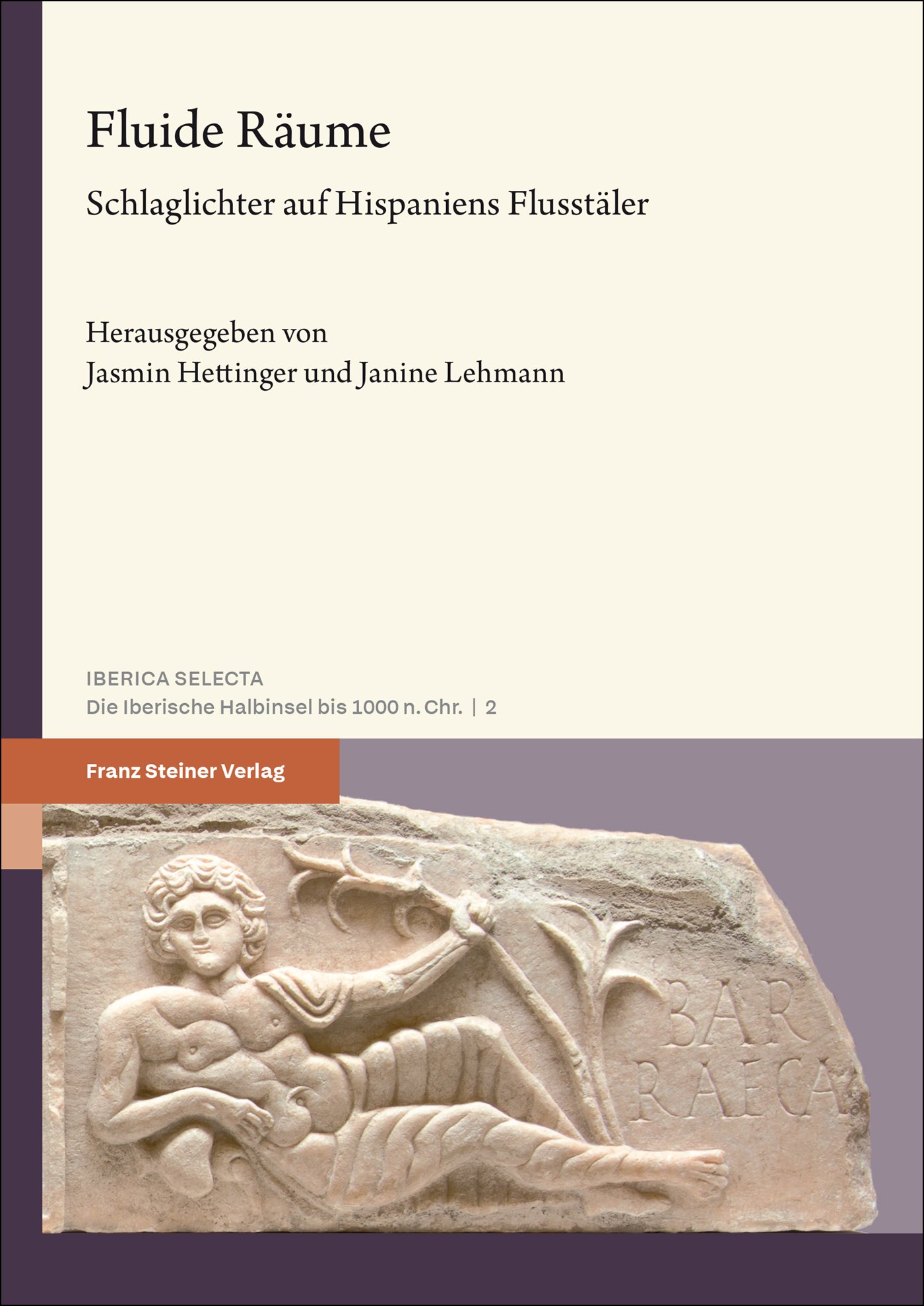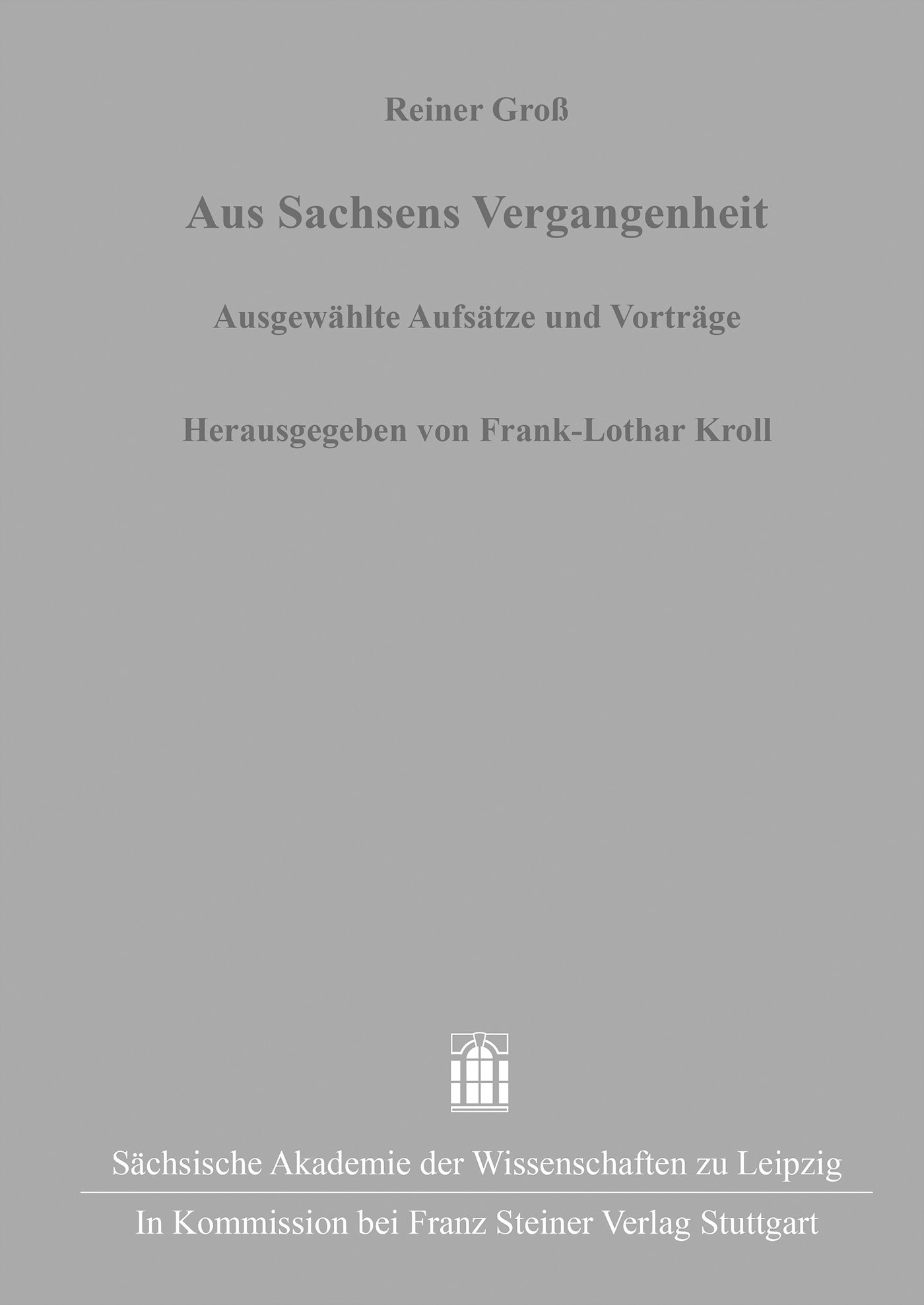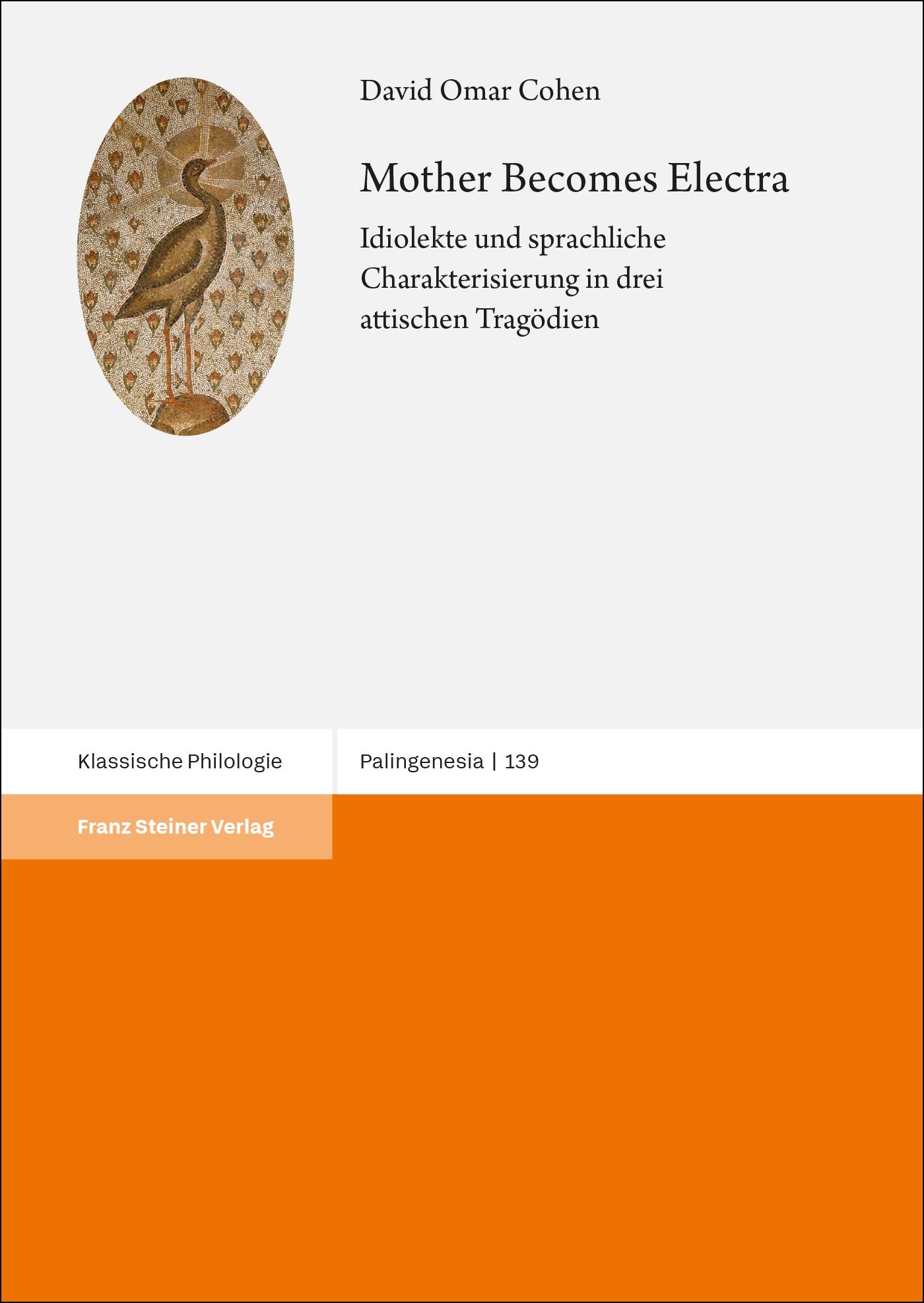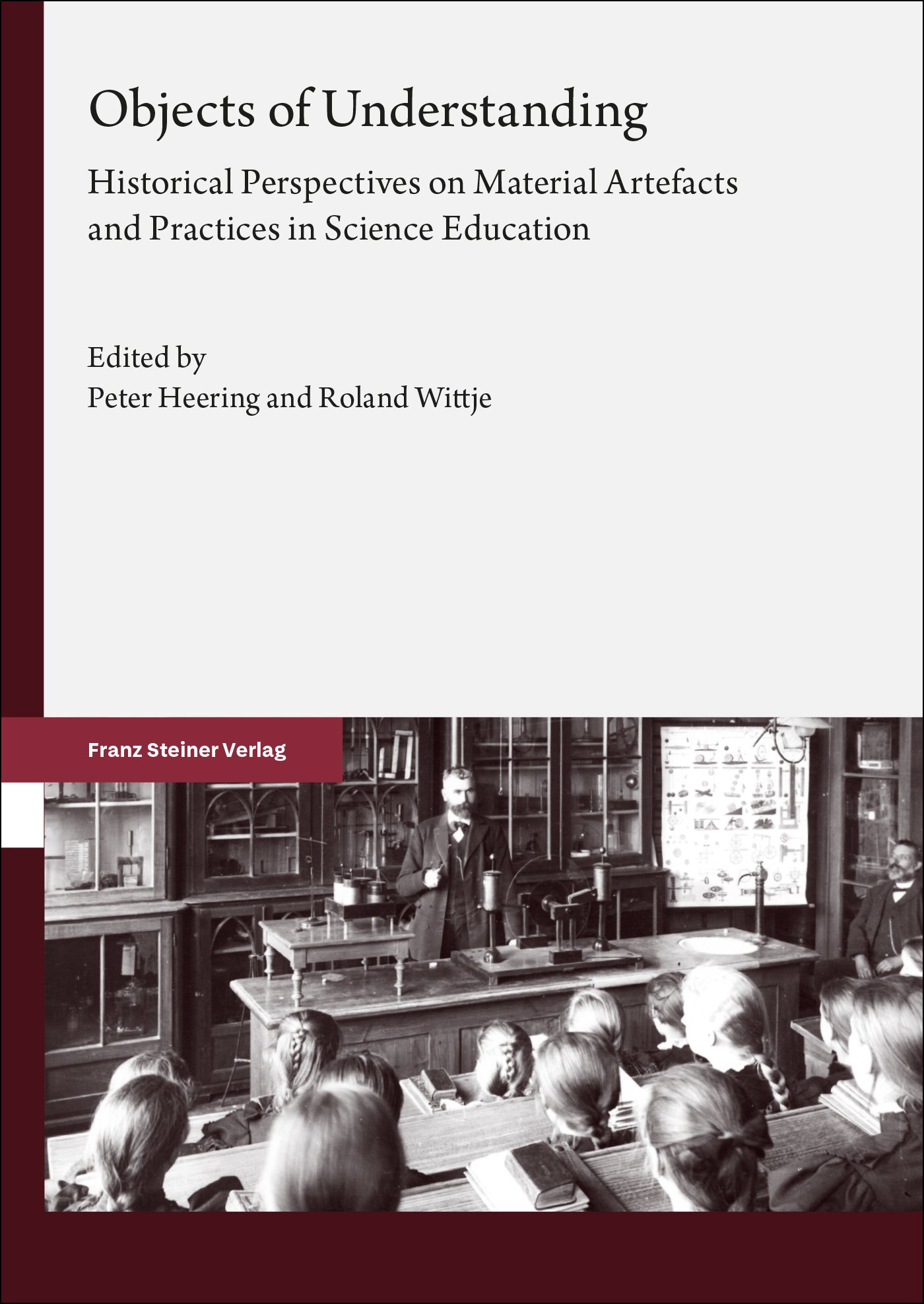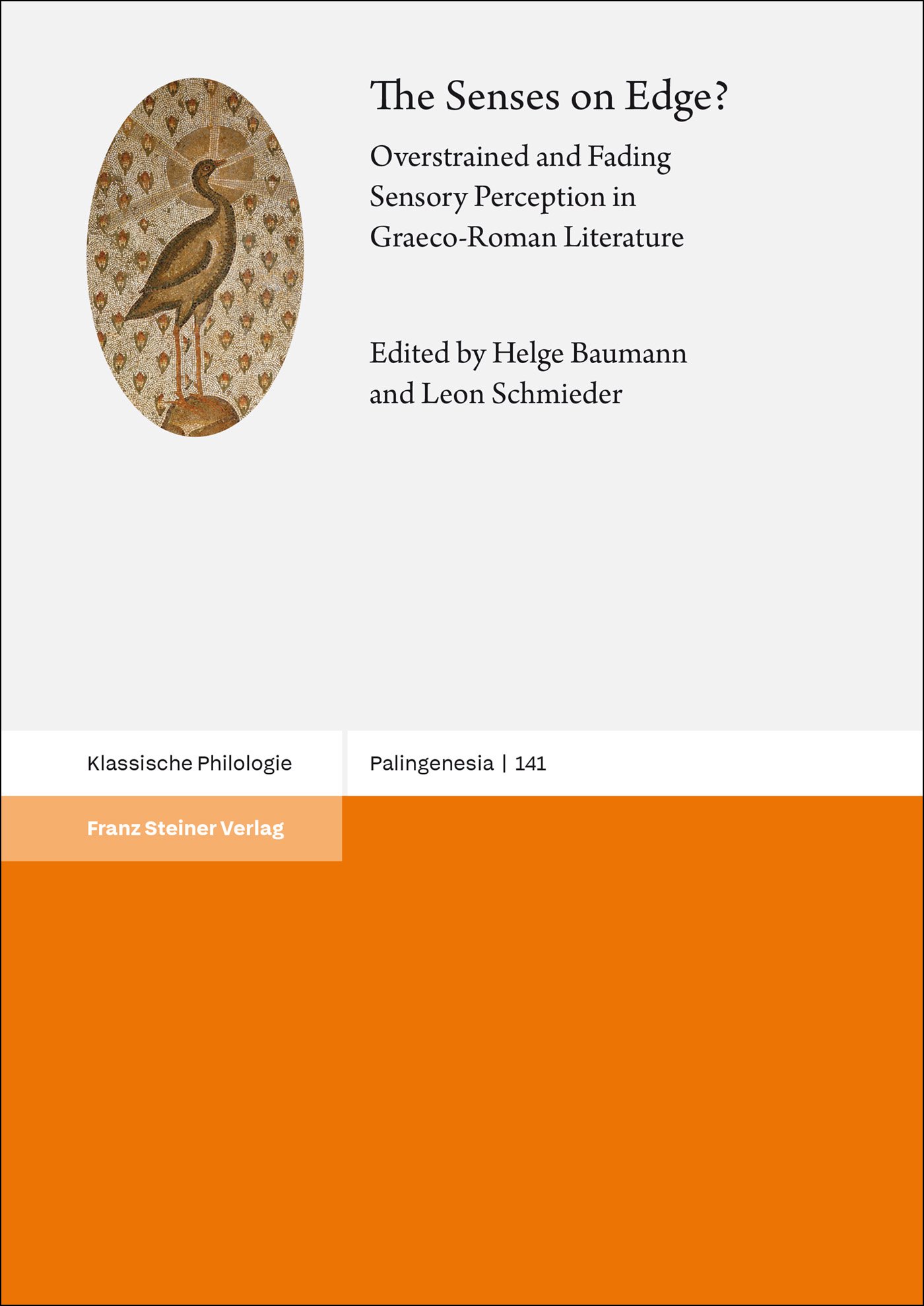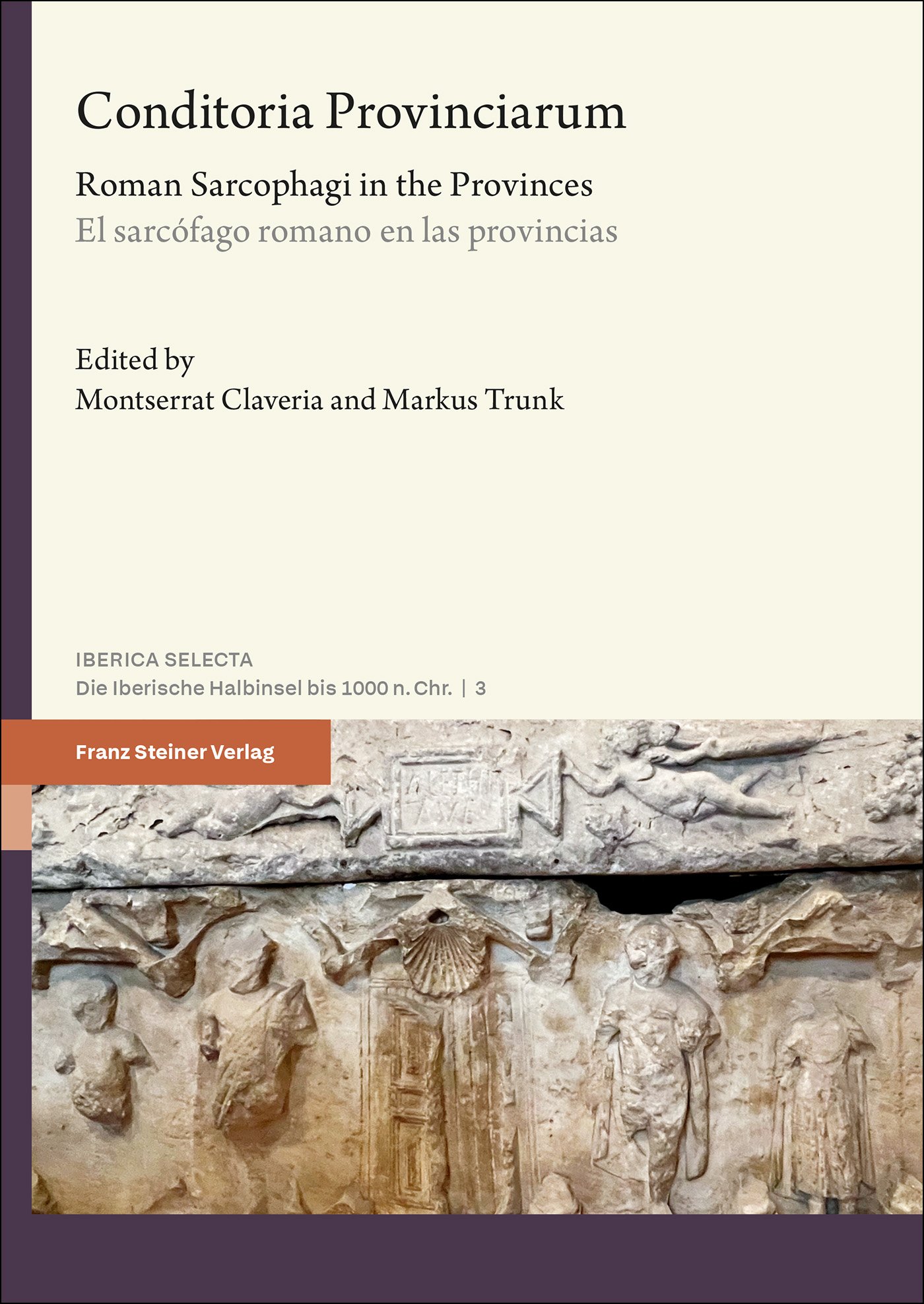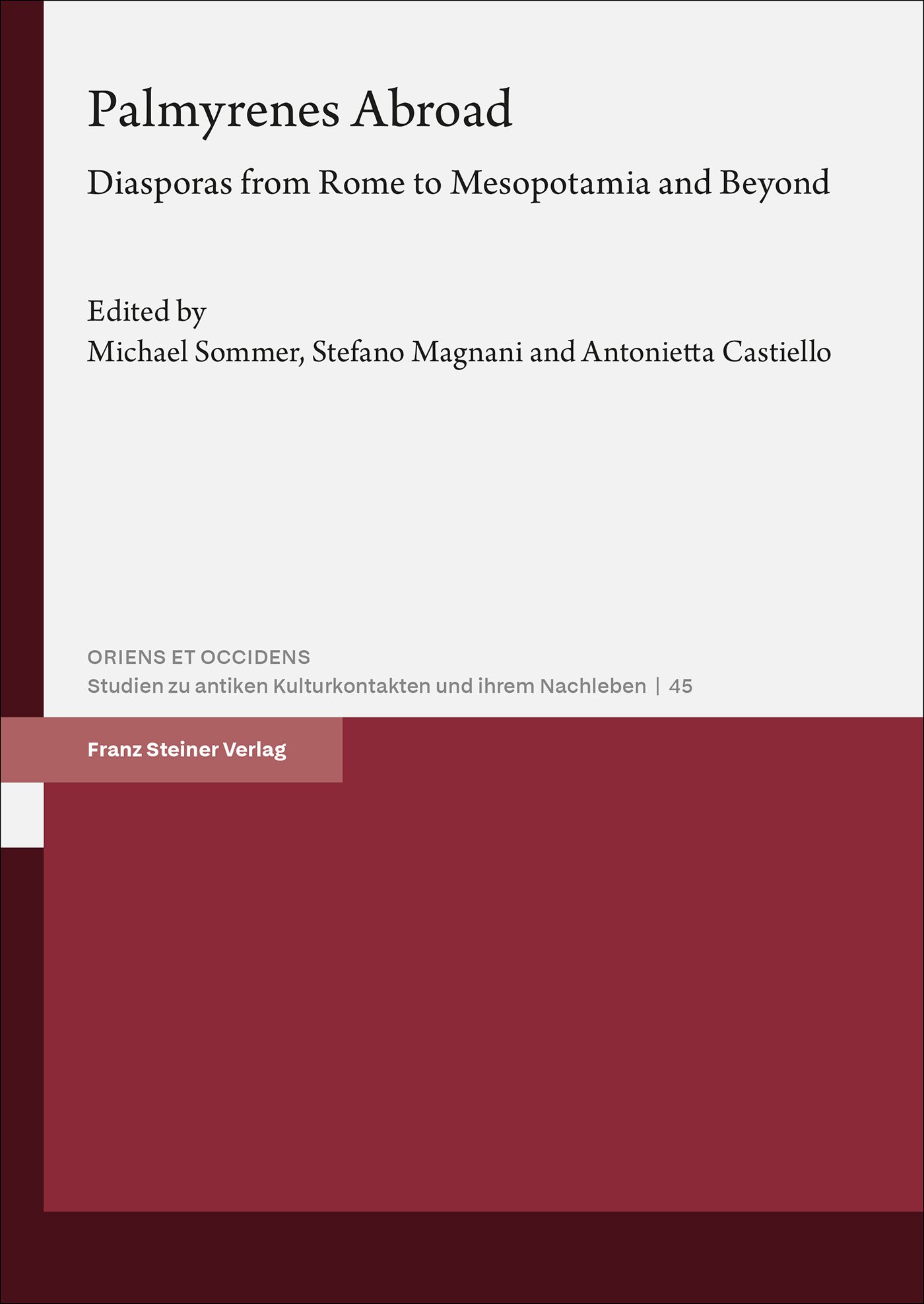Figures and images
Reproduction rights
- In the case of academic publications, the author is responsible for clearing the rights to images beforehand.
- Searching for copyright holders can be a laborious paperchase. Unfortunately, there is no general rule as to who holds the rights to which images – careful research is required.
- Go as far “back to the roots” as possible, e.g. to the museum where the picture or the statue is held, or to the archive where the document is kept.
- Rights may still also be attached to images of centuries old material (depending on who the owner is, where it is exhibited or stored, or who produced the picture).
- The fact that an image has already been published (more than once) in other books or on the internet does not mean anything legally. If, for example, a museum grants author A permission to use an image in a publication, this permission is usually valid for this one specific case only. Author B may not include the image in a publication with reference to author A, even if author A agrees to it. If the author is not the owner of the rights, they cannot pass the rights on. Author B must approach the museum.
- Be extremely careful with materials from Wikimedia and similar sources: Here, what is not in the public domain is often labelled as being in the public domain. Licence details from such sources are not legally reliable.
- Materials that are authorised for non-commercial use only are also ruled out because book publication usually entails the commercial use of materials.
- A fast method of obtaining images, but with associated costs, is to use picture agencies such as akg-images, Alamy, Getty Images.
- Even if you have often read such comments as „We have made every effort to identify all copyright holders and to obtain the reproduction rights. Should, despite the most careful research …“, they have no place in a publication. They are just inviting a warning notice.
- Editors should ask all contributors who wish to include figures and images to submit the relevant reproduction authorisations or licences in good time (!) and pass them on to us when submitting the manuscript.
Permission requests
- A full request for the rights to reprint figures and images comprises the following:
- author of the planned work,
- (working-)title of the planned work,
- rough publication date (spring/autumn 20xx),
- publishing house (Franz Steiner Verlag / Berliner Wissenschafts-Verlag),
- edition type (all print editions including information on the print run of the first edition and E-Book),
- language,
- distribution (usually worldwide),
- approximate size of the image (full page, half page or quarter page),
- placement of the image (cover/inside),
- colour (in grey scales / four-colour),
- … as well as exact bibliographical information on the image/graphic to be printed.
Sample cover letter
Dear Sir or Madam,
I am currently preparing a publication with the Franz Steiner Verlag with the working title „XXX“.
The volume is to be published in spring / autumn 20xx . It is aimed at a specialist university audience, and therefore the first edition wiill not exceed XXX copies. Parallel to the printed book, an ebook will be published (subject to a fee). The publication language is English and distribution will be worldwide.
On the cover / In the inside of the book I would like to use the image:
[give precise information regarding the location of the image]
It will take up the whole / a half / a quarter of a page and be reproduced in greyscale / in colour.
I would like to ask for permission to reprint the image in all editions and print-runs without time or space restriction (if applicable: and permission to use the cover in advertising for the volume).
Of course, the image would be accompanied by a precise source reference.
I would be delighted to receive a positive response from you. Please do not hesitate to contact me if you have any questions.
Best regards,
XXX
Technical guidelines
- Figures and images should not be inserted into the manuscript, but provided as separate, consecutively numbered files.
- In the case of edited volumes, the numbering in each article starts anew with Figure 1. Please create a separate folder for the image files for each article (Figures_Smith) and store the images there, numbered consecutively (Smith_fig_1).
- Please send figures and images as JPG or TIF with at least 300 dpi in the desired print size. If you are scanning photographic prints yourself, please make sure to de-screen the scan.
- Export charts and graphics from Excel as a PDF file (not as pictures!). Graphics are also welcome as SVG and EPS files.
- All figures and images must be complete and of a high enough quality when the manuscript is submitted. We are happy to check them in advance!
Placeholders and captions
- Please indicate in the text body where each item should approximately be placed and provide captions there.
- In addition, figures and images that you have not created yourself must include a location or source and, if applicable, a copyright notice. It is essential to observe any requirements of the licensor!
- Location, source and copyright information can be placed directly next to the caption for volumes with few images. In the case of volumes with numerous images, we recommend a separate list of illustrations.
Sample placeholder
Fig. 1: Joe Bloggs on his way to work, London 1993 (Oil on canvas, National Canvas Collection, Anytown), © icanvas Agency
Alternative texts
- The provision of alternative texts (Alt Text) for figures and images is mandatory for the – legally prescribed – accessibility of our e-books. The text can be displayed or read aloud and describes in a few words what can be seen in the image.
- Please note the following points when formulating alternative texts:
- The texts should not exceed a length of 80–100 characters.
- The alternative text must not be identical to the caption.
- Do not use additions such as ‘The photo shows’ or file names.
- Please do not use abbreviations.
- Keep the description neutral and informative: What can be seen in the picture?
- Formulate from the general to the specific.
- Consider the context in which the picture appears.
Sample alternative text
- For the picture of a dachshund with a blue bandana, the alternative text in a children's book could read:
A dog with a blue bandana - In a book about dachshund breeding, the alternative text for the same image could be:
Appearance of the Dachshund: Low, short-legged and elongated figure, muscular
- For the submission of alternative texts, please download this Excel:
- template_alternative_texts
- Fill in columns A ‘file name’ and B ‘alternative text’. You can ignore the other columns; we will fill them in later.
- Please send the Excel file together with the images to us for checking and further processing.
- If complex facts are presented in the form of graphics, diagrams or other schemes, a detailed image description must be created in addition to the alternative text. You can include this in the text body or in a footnote to the caption.
